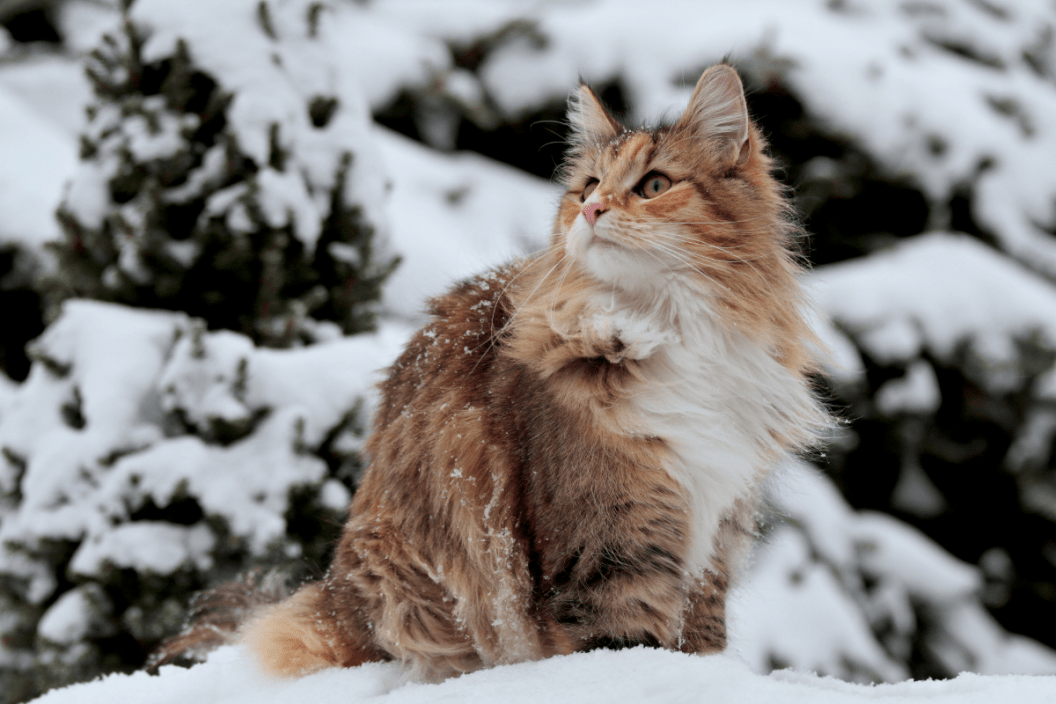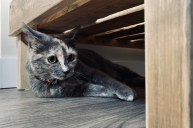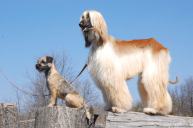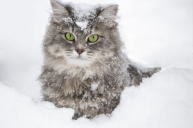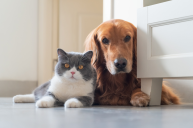Large, friendly, and with a beautiful and thick coat, it's no wonder that the Norwegian Forest Cat is such a popular breed today.
The Norwegian forest cats are friendly, have loving personalities, and their thick, long coats mean they're well-suited to colder areas. Be prepared, though, since these coats will shed and your cat will need plenty of grooming.
If you add a Norwegian Forest Cat to your home, you'll have something of a living legend in your house. This very old breed from Norway appears in traditional Norwegian fairy tales and legends. They have a history that could perhaps go back thousands of years.
History of the Norwegian Forest Cat
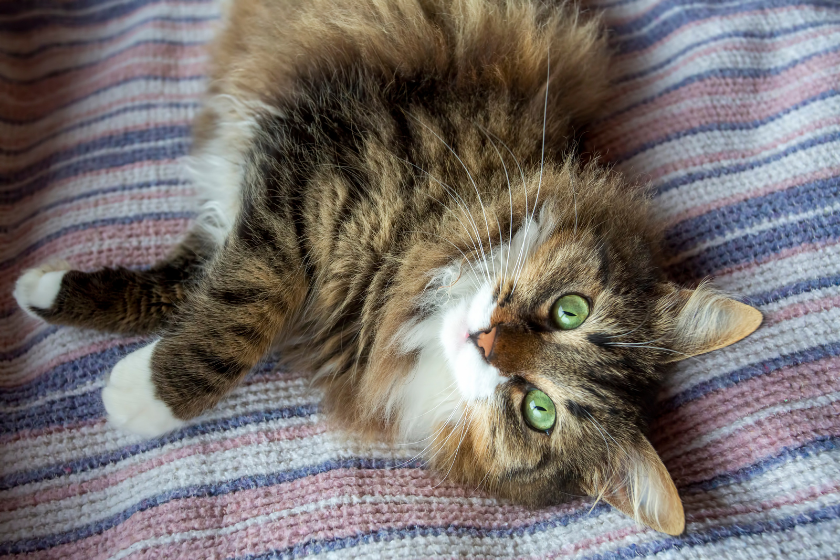
In his homeland of Norway, this hardy cat is called norsk skogkatt, meaning forest cat. They are also known as the mountain-dwelling fairy cat to some! This cat breed originated thousands of years ago in Norway and was known to travel with the Vikings. His thick, water-resistant coat developed in response to the harsh, cold environment of the Scandinavian woods.
According to the Cat Fanciers' Association (CFA) they were tight with the viking crusaders:
"The term skogkatt literally means 'forest cat.' In all probability, this was the cat the Viking explorers took with them to keep their ships clear of rodents, the same job they had in the barns in the Norwegian countryside. Their first arrival on the east coast of North America may have been with Leif Erickson or his contemporaries in the late 900s."
Breed Characteristics
Norwegian Forest Cats or "Wegies" are known to be great rock climbers. They are also known for being excellent mousers thanks to those mad climbing skills! This is no surprise as they have long bodies and legs as well as a thick bushy tail.
Wegies are built larger than the typical domestic cat. Their head is said to be the shape of an equilateral triangle. If you see one with a square or round-shaped head it is considered a defect.
They have almond-shaped eyes and very distinct lynx tips on the top of their ears.
Health & Lifespan
In Norwegian Forest Cats, there are three known health problems:
- Hypertrophic cardiomyopathy: A form of heart disease that is inherited in some cat breeds.
- Hip dysplasia: Many breeds are predisposed to this as this is a hereditary defect of the hip socket. It can be mild, causing little or no pain, or it can eventually lead to severe lameness.
- Glycogen storage disease type IV: This rare heritable condition affects the metabolism of glucose.
The Norwegian Forest Cat has a beautiful long-haired double coat and the texture matches the environment they're from (Scandinavia has a cold climate!) - longer, coarse guard hairs over a dense woolly undercoat. He has periods of heavy shedding.
A male Wegie can weigh between 13 to 22 pounds or more, and females are slightly smaller. Their typical lifespan is 14-16 years.
Adding One to Your Home
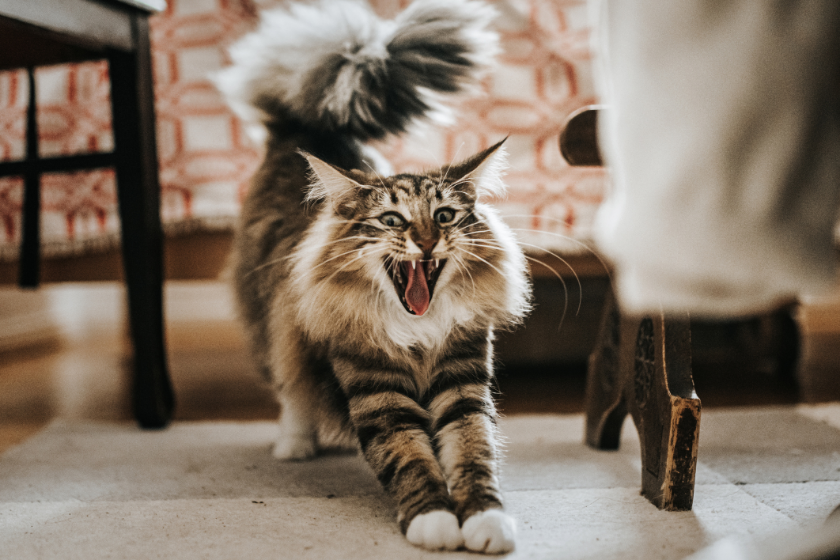
This breed is super mellow and a great choice for families with children and other pets. He has an average activity level.
To the inexperienced eye, the Norwegian Forest Cat may resemble other semi-longhaired breeds such as the Maine Coon. Wegies have a more compact body and a straight profile, whereas the Maine Coon has a slight concavity in profile.
A great resource for anyone interested in this breed is the Cat Fanciers' Association and the International Cat Association. The breed was registered in Europe in the 1970s and in the United States in 1994.
This article was originally published on December 30th, 2019.
Do you live with a long-haired cat or a Norwegian Forest Cat? Tell us on the Wide Open Pets Facebook page!
